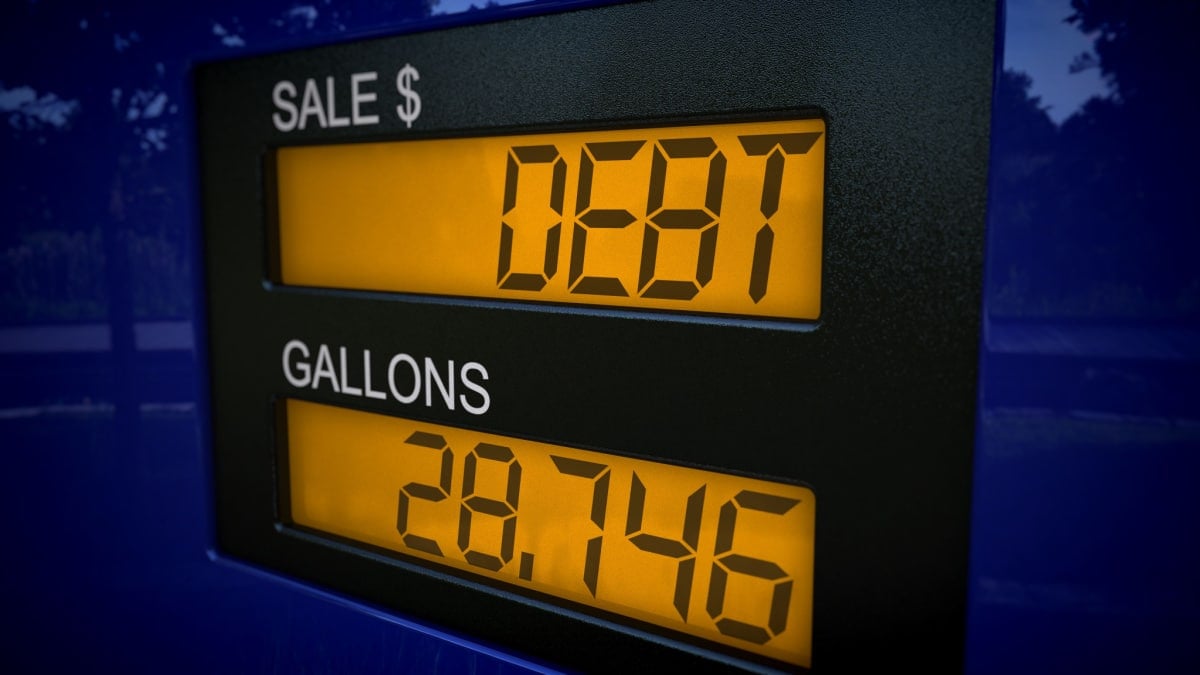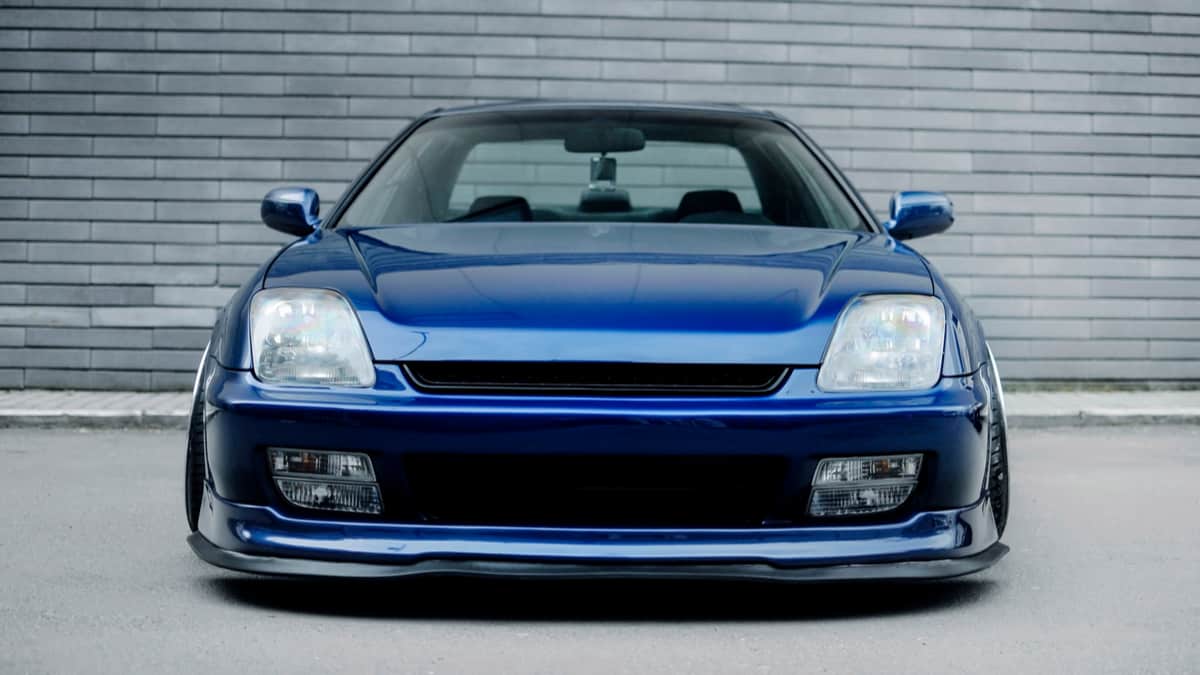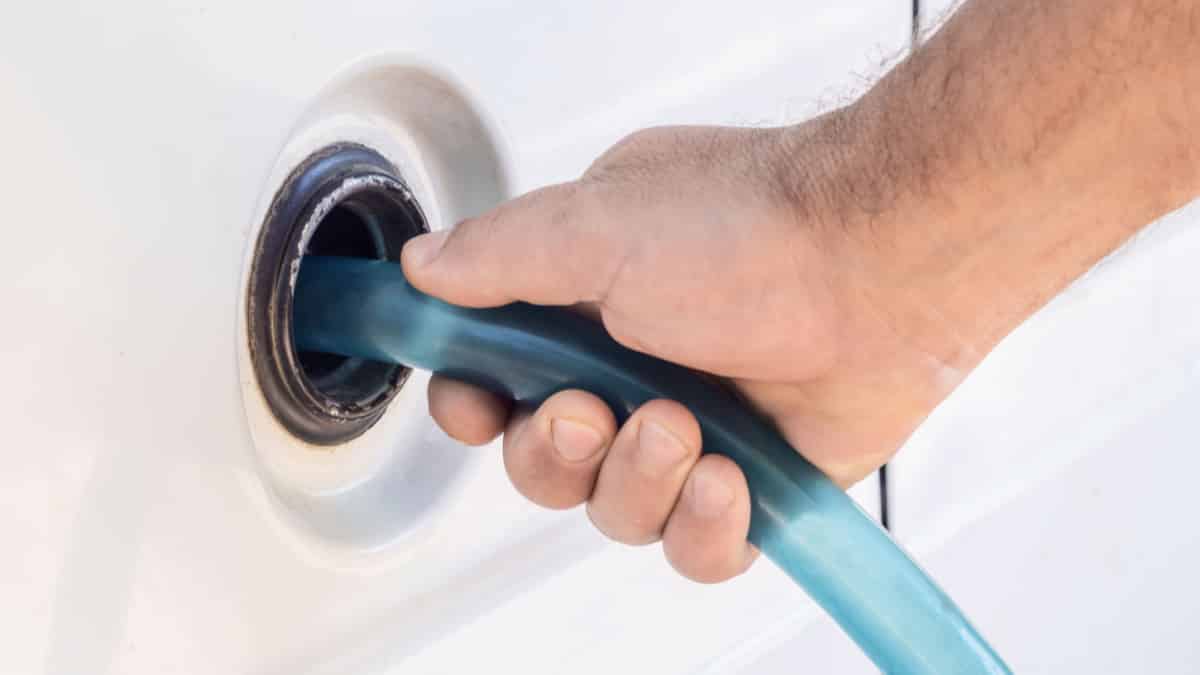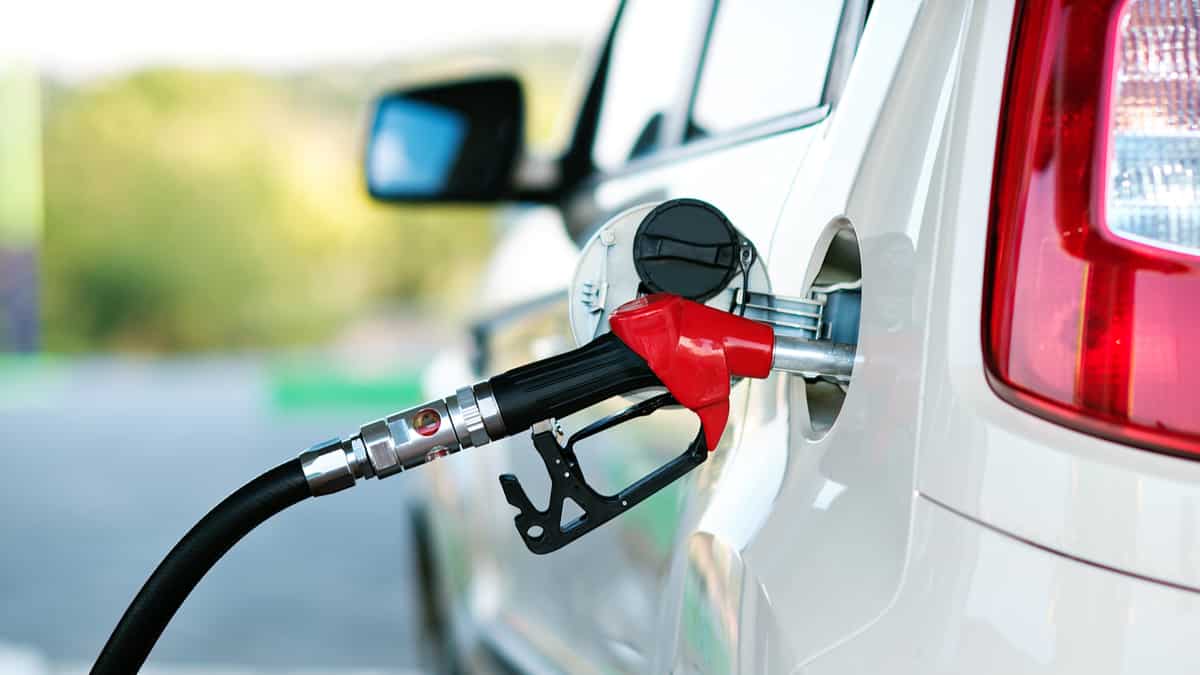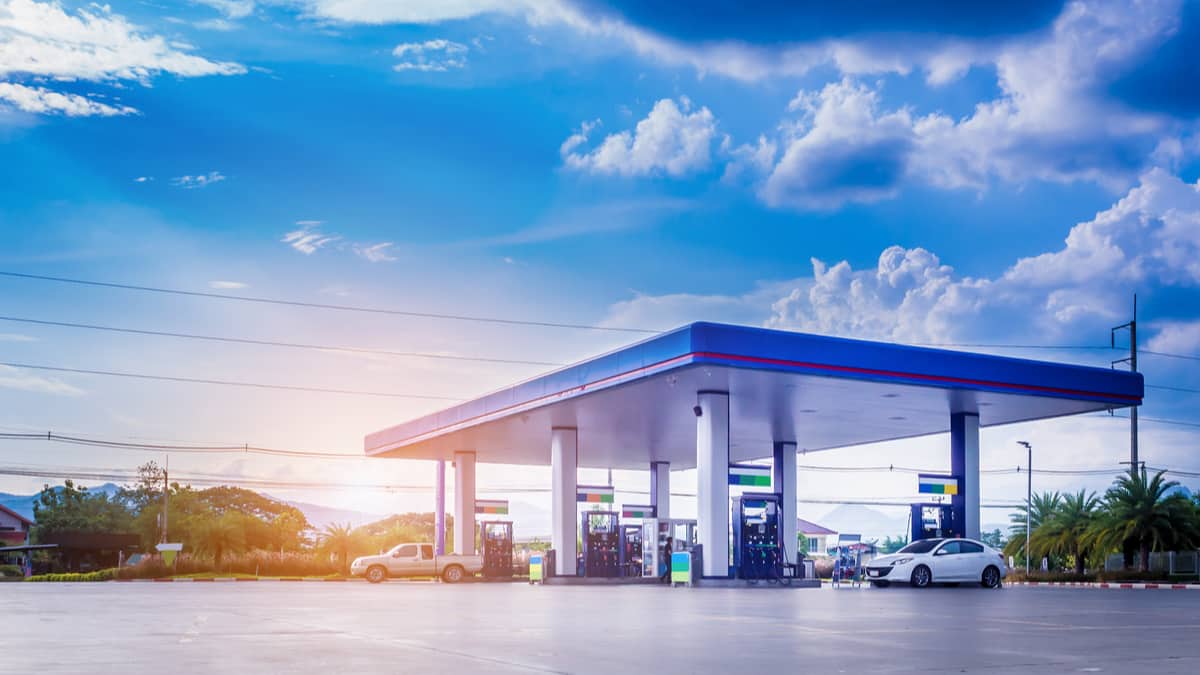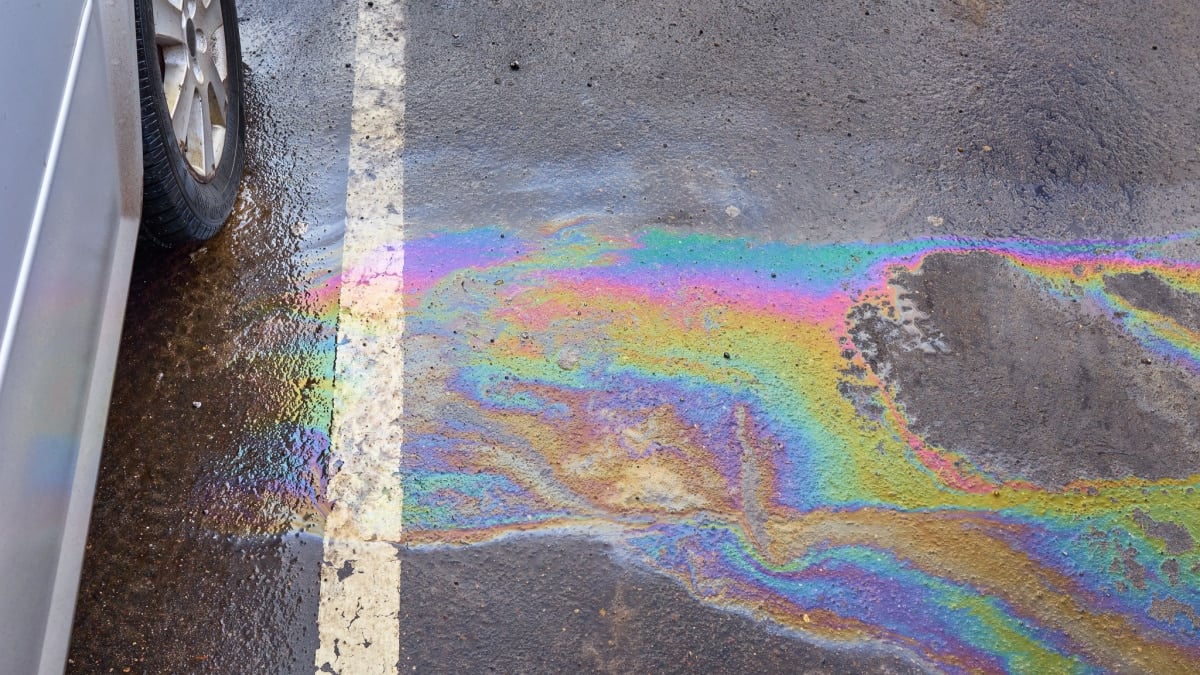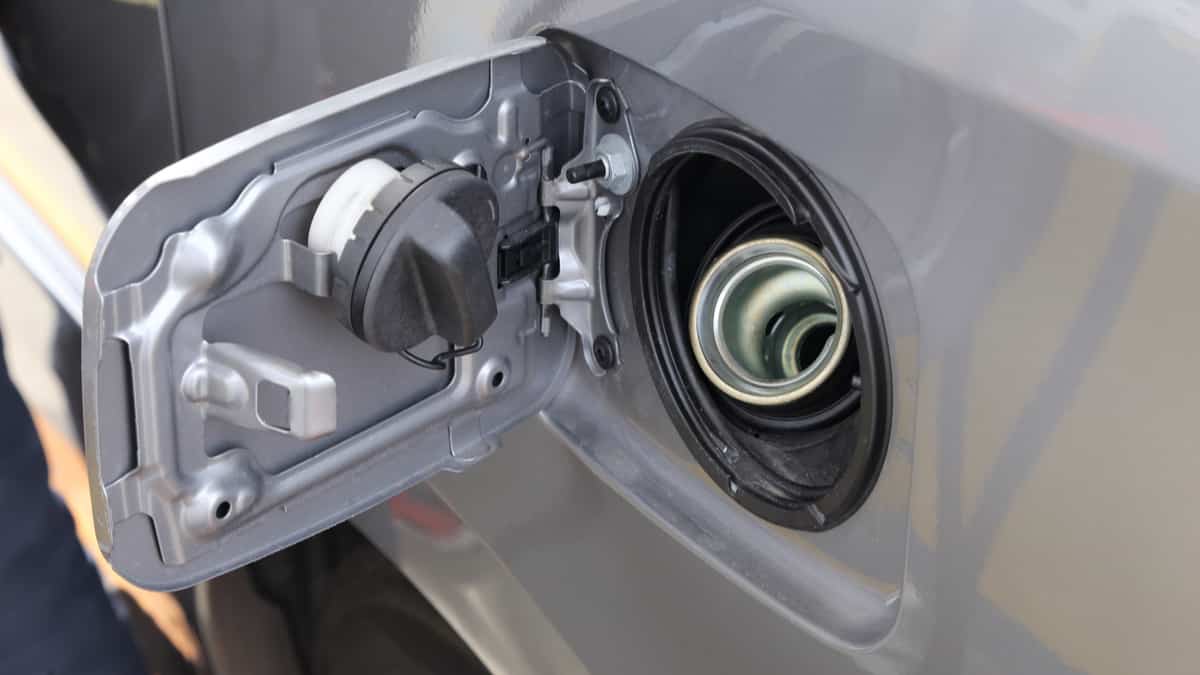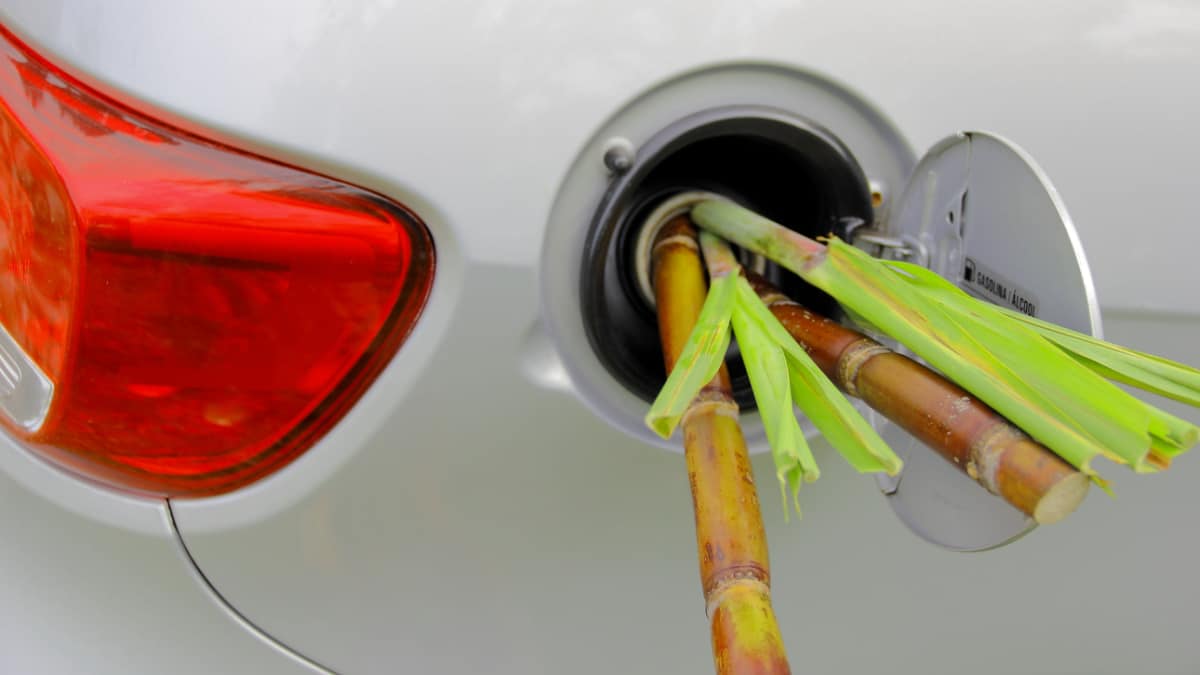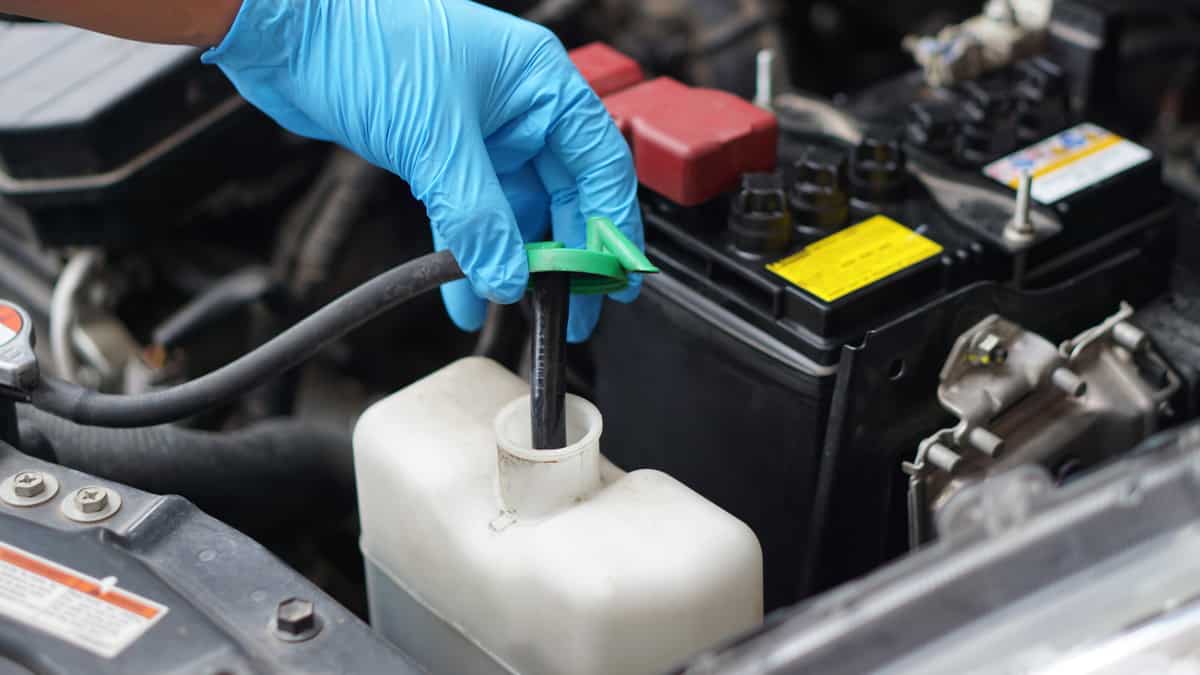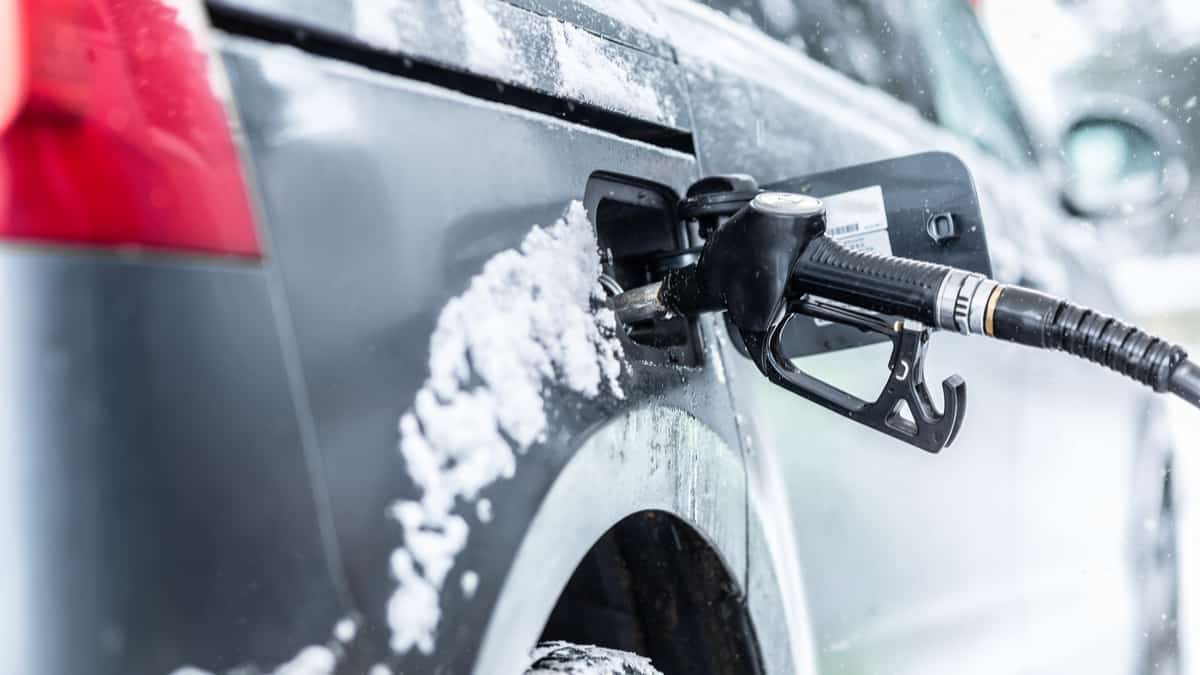Before you head to the gas station, it helps to know how much fuel your car can hold. The gas tank is the reservoir meant to hold the fuel. So, what is the average size of a car gas tank, and how does your vehicle compare?
In this guide, I discuss the average fuel tank size based on class. I also list a few vehicles with the highest and lowest capacities. As a bonus, I cover how to figure out how much fuel your vehicle holds, and show you why it’s important to keep the tank full.
What Is The Average Gas Tank Size?
On average, a car’s gas tank will hold between 12 and 16 gallons of fuel. For example, the 2022 Hyundai Elantra holds 12.4 gallons, while a Mazda3 has a 13.2-gallon capacity. However, larger models, such as trucks and SUVs, are naturally going to hold more fuel.
Here is some more detailed information on the average gas tank size by car type:
1. Compact
Compact cars have the smallest fuel tank of all the vehicles I look at. As I’ve already discussed, the 2022 Elantra falls below the average with a 12.4-gallon tank.
The 2022 Honda Civic is also rated the same. If you opt for something like the Nissan Versa, you can expect an even smaller capacity. This compact vehicle has a 10.8-gallon fuel tank.
RELATED: 30 Types of Cars – Vehicle Body Styles Explained
2. Sedan
A larger sedan is going to have a bigger fuel tank than the compact segment. One of the smaller of the bunch is the 2022 Toyota Avalon with a 13.2-gallon fuel tank.
Beyond that, you see the 2022 Dodge Charger with a massive 18.5-gallon tank. What’s even more impressive is the 2022 Mercedes-Benz S-Class with its 22.1-gallon fuel tank capacity.
3. SUV
Today’s SUVs come in a variety of sizes, so you can find plenty with smaller capacities. On the other hand, don’t be surprised to find some fuel tank sizes that rival the modern truck.
As an example, the 2022 Nissan Kicks only holds 10.8 gallons of fuel. On the other end of the spectrum, the 2022 Chevrolet Suburban holds 28 gallons of gas.
4. Truck
Just like with SUVs, today’s trucks vary in size. There are compact, mid-size, full-size, and heavy-duty trucks on the market. Because of the vast size difference, it’s hard to find an average fuel tank size.
On the smaller end of the range, there’s the 2022 Ford Maverick with its 13.8-gallon gas tank. In comparison, a 2022 Chevy Silverado 3500HD can hold 36 gallons of fuel.
READ MORE: How Many Miles Can You Drive on One Gallon of Gasoline?
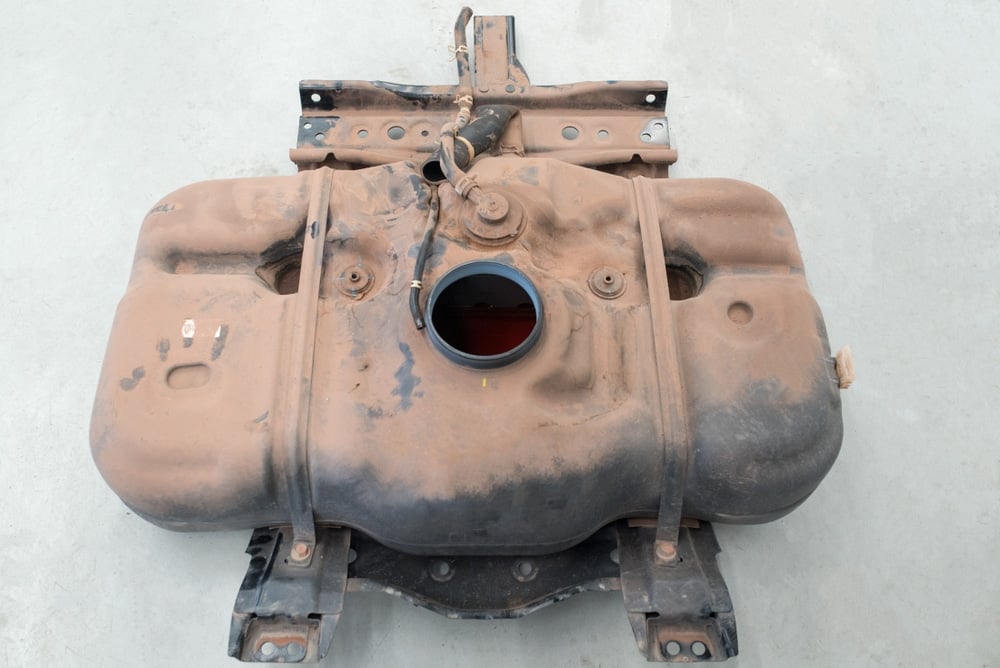
Gas Tank Size Of Common Car Models
Here is a list of fuel tank sizes for some of the most common car models on the market. This information is based on the most recent year for each car model. If you see more than one gas tank size, it means there are several options.
Gas tank size by car model:
- Chevrolet Suburban: 28 Gallons
- Chevrolet Silverado 3500HD: 36 Gallons
- Dodge Ram 1500: 23 Gallons
- Dodge Charger: 18.5 Gallons
- Ford F150: 23 to 26 Gallons
- Ford Fusion: 16.5 Gallons
- Ford Maverick: 13.8 Gallons
- Honda Accord: 14.8 Gallons
- Honda Civic: 12.4 Gallons
- Honda Pilot: 19.5 Gallons
- Hyundai Elantra: 12.4 Gallons
- Jeep Compass: 19.5 Gallons
- Jeep Grand Cherokee: 24.6 Gallons
- Jeep Wrangler: 17.5 to 21.5 Gallons
- Kia Soul: 14.3 Gallons
- Mazda CX-5: 14.8 to 15.3 Gallons
- Mazda 3: 13.2 Gallons
- Mercedes-Benz S-Class: 22.1 Gallons
- Nissan Altima: 16.2 Gallons
- Nissan Rogue: 14.5 to 15.9 Gallons
- Nissan Sentra: 12.4 Gallons
- Nissan Versa: 10.8 Gallons
- Subaru Outback: 18.5 Gallons
- Toyota 4Runner: 23 Gallons
- Toyota Avalon: 13.2 Gallons
- Toyota Corolla: 13.2 Gallons
- Toyota Prius: 19.5 to 11.4 Gallons
- Toyota RAV4: 14.5 Gallons
- Toyota Tundra: 22.5 Gallons
Vehicles with Largest Fuel Tanks
You won’t find many cars that have the largest fuel tanks on today’s roads. When looking at the vehicles with the largest tanks available, most of them are either SUVs or trucks.
Here are a few cars with large gas tanks:
- Dodge Durango: 24.6 gallons
- Infiniti QX80: 26 gallons
- Ford Expedition MAX: 27.8 gallons
- Ford F-350 Super Duty CrewMax: 48 gallons (diesel)
Some models have varying fuel tank sizes based on what trim and configuration are chosen. The figures listed above take the larger models into consideration.
Vehicles with Smallest Fuel Tanks
Many compact cars are moving toward smaller fuel tanks to keep the size of the vehicle to a minimum.
Here are a cars with small gas tanks:
- Hyundai Ioniq Blue: 11.9 gallons
- Nissan Versa: 10.8 gallons
- Honda Insight: 10.6 gallons
- Chevy Spark: 9 gallons
Again, some models have varying fuel tank sizes based on what trim and configuration are chosen. The figures listed above take the smaller models into consideration.
How to Find Car Gas Tank Size?
The easiest way to find your car’s gas tank size is to look in the owner’s manual you received when you purchased the vehicle. On some car models, you can find it on the label near the door lock. You can also receive this information online by using a VIN decoder.
Here’s more information on how to find your car’s gas tank size:
1. Owner’s Manual
The best way to figure out how much fuel your car holds is to look in the owner’s manual. All of these valuable specs are listed in the manual.
If you don’t have the manual on hand, you should be able to view it online. You may also be able to look up the specifications on the manufacturer’s website.
2. Door Label
On some car models you will also find the information about gas tank size on the label near the door on the driver’s side. This label usually contains information about the tire pressure for your car, but you can also find other information about your car like the gas tank size.
2. Fill Tank
While I would never advocate running the tank empty, this method will tell you how big the tank is. When you run the car just below E, you can fill it back up and see how many gallons it takes.
However, there is probably still a small amount of fuel in the tank unless you found yourself having to push your car to the gas pump. For this reason, you won’t get a perfectly precise measurement, but you should come pretty close.
RELATED: Can You Pump Gas With The Car On?
Reasons to Keep Fuel Tank Filled
1. Reduces Mechanical Failure
In your car gas tank, there’s a fuel pump that’s needed to keep the gasoline circulating. It must be covered with fuel to stay cool and lubricated. When the tank gets empty, air can be sucked into the pump, leading to an expensive repair.
Additionally, there’s gunk and debris that settles at the bottom of the gas tank. As you run the fuel down, the debris can be sucked into the pump. If it moves on through the system, it can cause damage to the injectors and other fuel components.
There’s even more damage possible as you run your car in colder weather. As the temperatures drop, condensation is more likely, and this will get sucked into the fuel pump. With an excessive amount of condensation, you deal with a hard start and repetitive stalling.
By keeping the tank full, you save yourself a lot of money, because these repairs won’t be necessary. You also keep yourself from spending a ton of time waiting for your vehicle to be repaired.
2. Increases Safety
If you run the tank low, you could run out of fuel at any time. If you are in the middle of nowhere when the tank runs out, you are putting your safety at risk. You don’t want to be walking down the side of a road at night looking for fuel.
Aside from that, you could cause an accident if the tank runs out in heavy traffic. For this reason alone, it’s best to keep the tank fuller than it needs to be, just in case the gauge isn’t working right.
3. Better Fuel Economy
There are differing opinions about the relation between fuel economy and the capacity of the tank. Some studies have shown that a full tank gets better fuel economy than one that’s lower.
It could have something to do with the density and weight of the fuel. Either way, you won’t have to visit the gas station as soon if the tank is already full. You can drive much further on a full tank than on a half-empty one.
4. Saves Time
While having a full tank might not save you time in the long run, it does reduce how long you spend at each fueling station. When you pull up to the pumps with an empty tank, you could be waiting a while.
However, if you pull in when the tank is half full, you could cut that time in half. Considering how dangerous it can be to pump gas, especially in bad neighborhoods, it’s helpful to reduce your time standing outside of the car.
RELATED: Which Gas Stations Have The Best Quality Gas? (Top 5 Best)
How long can a full tank of gas last?
On average, a car can travel 200 to 400 miles on a full tank of gas. However, it depends on the car model you have and your driving style. Taking your foot off the gas pedal a little will make a big difference in how long you can drive on a full tank of gas.
How many gallons is a 4-cylinder car?
A four cylinder car will usually hold between 12 and 14 liters of fuel, but it depends on the car model. Both big and small cars can use 4-cylinder car engines these days, and therefore, the amount of gas they can hold varies a lot, as well.
How many Liters are in a gas tank?
Most car gas tanks hold between 47 and 60 liters of fuel, though some larger vehicles may have tanks that hold up to 100 liters or more. The exact amount of fuel your car can hold will be listed in the owner’s manual.
How do I know if my gas tank is empty?
If your car’s gas tank is completely empty, the engine will stop, and you could be stranded down the road. If the gas tank is getting low, you will see a fuel tank warning light on your dashboard. You may also notice that the engine starts to hiccup.
Although gas tank sizes seem like a simple topic, there is actually a lot to learn and talk about. Knowing the size of the gas tank of a car that you are about to buy can be a good way to ensure that the car is sufficient for your needs.
I hope you liked this article and now know everything you need to know about gas tank sizes and how to find the gas tank size in your car model.
Learn more:
- How Much Does a Car Weigh? (Average Weight by Car Type)
- How Much Does A Tire Weigh? (Average Weight by Vehicle Type)
- How Long Is A Car? (Average Length According to Car Type)
Categories: General
